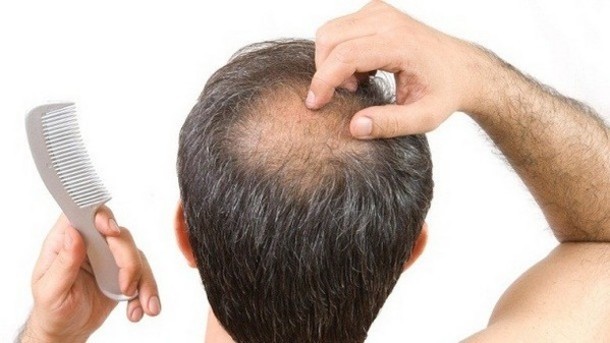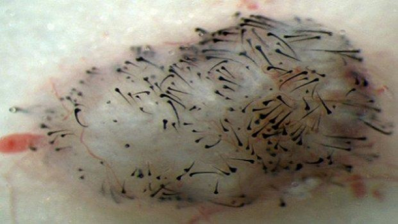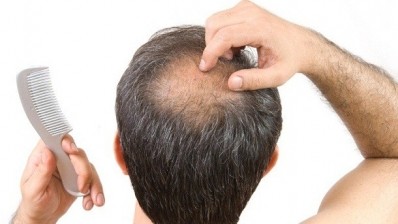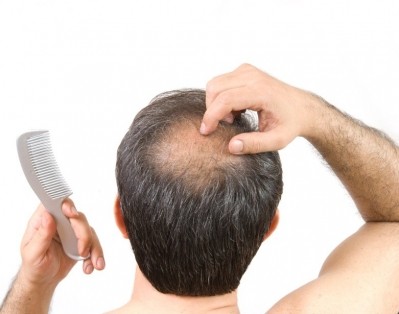Stem cells hold key to hair regrowth

The new research in Elaine Fuchs’ Laboratory of Mammalian Cell Biology and Development focused on stem cells in the hair follicle to determine what switches them on and identified the signal as Sonic Hedgehog.
In this experiment Ya-Chieh Hsu, who conducted the research, and the team disabled the signal, interfering with hair growth and regeneration.
“Many types of mammalian stem cells produce TACs, which act as an intermediate between the stem cells and their final product: fully differentiated cells in blood, skin and elsewhere,” says Hsu.
“In the past, TACs were seen as a population of cells that sat by passively cranking out tissues. No one expected them to play a regulatory role.”
Sonic Hedgehog
Hsu and Fuchs identified the signal sent out by the TACs, a cell-division promoting protein called Sonic Hedgehog, which plays a role in the embryonic development of the brain, eyes and limbs.
At the outset, Hsu and Fuchs suspected a role for both the TACs and for Sonic Hedgehog in hair regeneration.
“We noticed that the primed stem cell population gets activated early and makes the TACs, while the quiescent stem cell population only becomes activated once TACs are generated. This correlation prompted us to look for a signal that is made by the TACs. Sonic Hedgehog is that signal, as we went on to demonstrate,” explains Fuchs.
Hsu disabled TACs’ ability to produce the Sonic Hedgehog protein by knocking out the gene responsible in the hair follicles of adult mice.
Hair loss explanation
As a result, the proliferation of hair follicle stem cells and their TACs are both compromised. They further showed that it is the quiescent stem cell population which requires Sonic Hedgehog directly for proliferation.
Surprisingly, when Hsu blocked the ability of the quiescent stem cells to respond to Sonic Hedgehog, hair growth proceeded, but follicles were shorter, and with each round of hair cycling, the quiescent and primed stem cell populations were diminished, until hair regeneration failed altogether.
These features are remarkably similar to what happens in male pattern baldness, according to the researchers.
Although the root of this disorder may be further upstream than Sonic Hedgehog, this study provides new insights into the manifestations of hair loss, which in the long run will be necessary to develop new therapeutics, they say.







![HairRevive [MM+Zn] plant shell, to rejuvenate the hair and scalp](/var/wrbm_gb_food_pharma/storage/images/_aliases/news_teaser/publications/cosmetics/cosmeticsdesign.com/product-innovations/hairrevive-mm-zn-plant-shell-to-rejuvenate-the-hair-and-scalp/16280155-5-eng-GB/HairRevive-MM-Zn-plant-shell-to-rejuvenate-the-hair-and-scalp.jpg)








